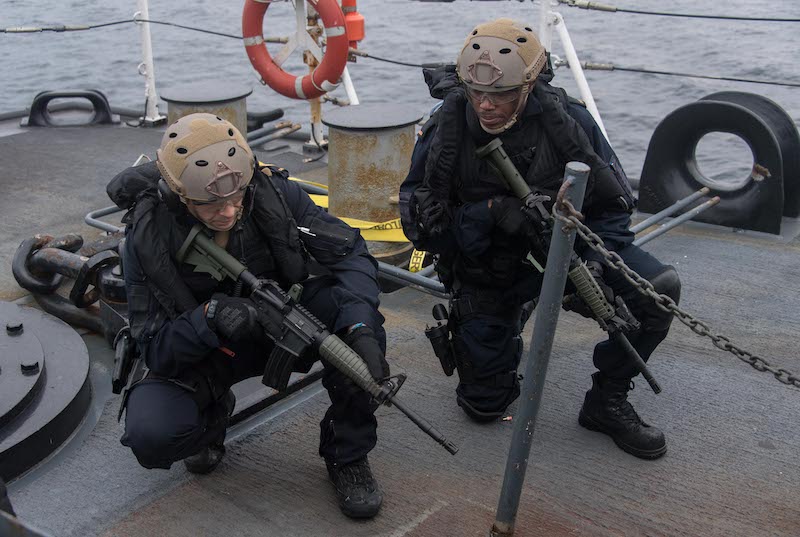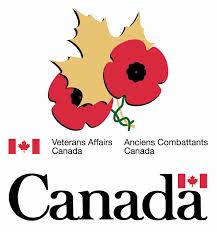Trident Juncture 2018 is one of NATO’s largest military exercises in the last twenty years. The mock defence exercise brings together 50,000 participants from 31 NATO and partner countries. The exercises are being conducted from October 25th to November 7th in parts of Norway, and the neighbouring areas of the North Atlantic and the Baltic Sea. The exercises are meant to test out an Article 5 scenario and demonstrate NATO’s joint response as unified force to a potential adversary. Article 5 of the Washington Treaty revolves around the principle of collective defense: an attack against one NATO ally is considered as an attack on all NATO allies. One of NATO’s core objectives is collective defence and this large-scale exercise is meant to highlight NATO’s ability as an organization to efficiently operate. The objective of the exercise is also to ensures NATO’s ability to respond as an interoperable force to a potential multifaceted threat with a combined response from the air, sea, and land. Admiral James G. Foggo III, Commander of NATO Joint Force Command Naples is conducting the exercise. NATO’s Secretary- General, Jens Stoltenberg, stated that, “As an Article 5 exercise, Trident Juncture will simulate NATO’s collective response to an armed attack against one ally… And it will exercise our ability to reinforce our troops from Europe and across the Atlantic.” Some 250 aircrafts, 10,000 vehicles and 65 ships will operate in the exercises in an effort to test out all levels of command, from troops to mobility. The exercises will also determine NATO’s communication skills with one another in demanding circumstances and unfavourable weather conditions. Moreover, Trident Juncture is meant to demonstrate the credibility of the Alliance as a military deterrent, despite recent issues such as the budget.
Trident Juncture is purely defensive in nature but also demonstrates force in a time where tensions near the Arctic could run high. According to the Norwegian Armed Forces, “the North of Europe is of deep strategic importance to Allied security. But NATO exercises are not directed against any specific country or region. This exercise is about making sure our forces can work seamlessly together in a crisis, anywhere in the Alliance.” Although the adversary in the exercises is fictitious, the location and timing of the exercises send a clear message of deterrence. Trident Juncture is being held just weeks after Russia’s military exercise “Vostok”. Vostok is the largest military drill since the Soviet era and included nearly 300,000 Russian troops. Although, the war games simulate an attack on NATO ally Norway, Norwegian leaders maintain that war with Russia is unlikely. However, Norwegian officials have expressed concern with regards to Russian military exercises that seemed to simulate an attack on Norwegian territory. While NATO is concerned with Russia’s destabilizing behaviour, the alliance maintains that it does not seek confrontation with Russia and will continue to focus on “meaningful dialogue on the basis of deterrence and defence”. NATO also updated Russia about Trident Juncture 18 during the last meeting of the NATO-Russia Council and was invited to monitor. Likewise, Russia also briefed the Alliance on their Vostok military exercise. The NATO-Russia Council brings together the 29 Allies and Russia to discuss emerging security challenges. On October 31 2018, the NATO-Russia Council met in Brussels to discuss issues related to risk reduction, Ukraine, and Afghanistan.
On October 30th 2018, observers from the Organisation for Security and Cooperation in Europe (OSCE) were invited to observe the exercises in Norway. Under the OSCE Vienna Document on military transparency, the OSCE must be notified 42 days in advance if exercises surpass the participation of 9,000 troops and observation is mandatory if troops exceed 13,000. In an effort to demonstrate military transparency, observers were provided with briefings on the exercises and an opportunity to speak with troops.

Canada
Canada has sent approximately 2 000 personnel to participate in the live exercises to enhance interoperability and training with NATO allies. In preparation for Trident Juncture, the Canadian Armed Forces ran a three-year joint training program to prepare for the collective defence readiness scenario. The Canadian Armed Forces contribution includes: two frigates and two maritime coastal defence vessels from the Royal Canadian Navy, a Canadian Army light infantry battalion supported by a Brigade Head Quarter, eight CF-188 Hornet, one CC-150 Polaris aerial refueller, two CP-140 maritime patrol aircraft from the Royal Canadian Air Force, a Joint Task Force Support Component from Canadian Forces Joint Operations Support Group, and a National Command Element from 1st Canadian Division HQ. Canada’s participation in these exercises demonstrates Canada’s continued willingness and commitment to the Alliance. As one of the founding members of the Alliance, Canada has shown continual dedication to the multilateral security organization by having taken part in every NATO operation since the foundation of the Alliance. The Canadian Armed Forces have shown resolve in the face of growing Russian aggression and terrorism in Middle East. Current operations include Operation Impact to support the Global Coalition against ISIL and Operation Reassurance in Central and Eastern Europe to reinforce NATO’s collective defence. In the past, Canada has also participated in NATO missions such the International Security Assistance Force (ISAF) in Afghanistan. The NATO-led mission sanctioned by the United Nations deployed 40,000 Canadian Armed Forces members in the roles of combat, security, development, support, and training. The deployment was the largest military engagement of CAF personnel since the World War II. In 2011, Canadian Forces also participated in Operation Unified Protector in Libya.
Trident Juncture will be concluding on November 7th. The exercise will strengthen the Alliances capability to handle an Article 5 scenario and improve interoperability between allies. The exercises will prove to the Alliance what areas of deterrence and defence can be improved upon and how well the allies will respond to a common threat.
Featured Image: Canadian Armed Forces prepares to board Her Majesty’s Canadian Ship VILLE DE QUÉBEC’s during Exercise TRIDENT JUNCTURE | 4 November 2018. (Official Image taken by MCpl Gabrielle DesRochers) – http://www.combatcamera.forces.gc.ca/en/photo-search.page#ipa_assetDetail=%7B3B6B0027-E266-476E-A241-ECF4E99A36FD%7D
Picture: Trident Juncture 2018 Exercise Map – https://www.cfr.org/article/natos-trident-juncture-exercises-what-know
Disclaimer: Any views or opinions expressed in articles are solely those of the authors and do not necessarily represent the views of the NATO Association of Canada.




